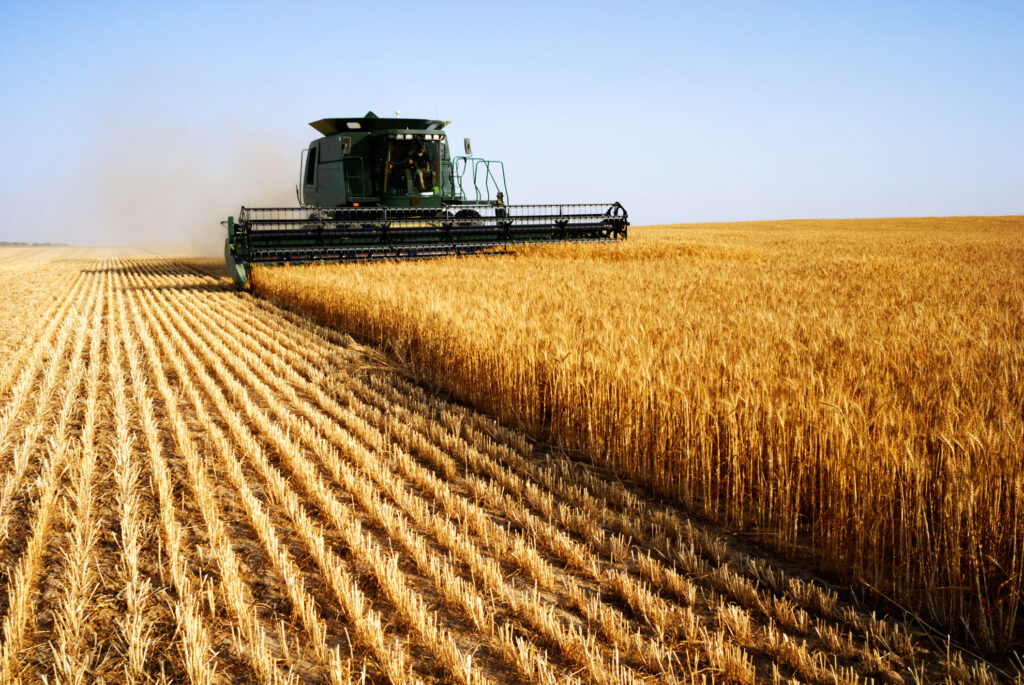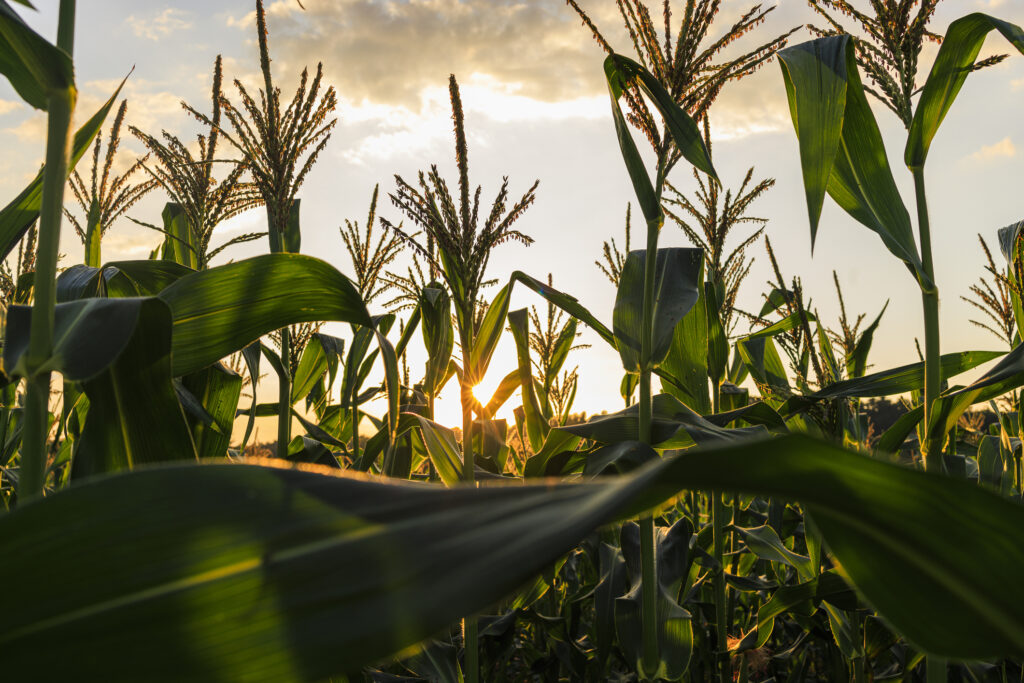ISU economist: 2024 could end closer to break-even for pork producers, packers

2023 was so disastrous for U.S. pork producers that analysts were left to predict that 2024 couldn’t possibly be any worse.
Tyson’s announcement that it will soon close a Perry processing plant, putting nearly 1,300 people out of work, reflects the ongoing difficulties the industry is confronting. But there is reason for optimism that an improved market and some stability is on the way, an economist told the Business Record.
Producers lost about $32 a head in 2023, an outcome that followed several good to great years spurred by investment in processing facilities and pandemic-related stimulus that increased demand for pork, said Iowa State University economist Lee Schulz.
A decreased number of sows, lower inflation and other factors could push pork production closer to a break-even proposition as this year plays out.
Pulling out of the downward spiral and returning to profitability will require innovation, discipline and patience in areas producers can control and better luck on conditions they do not control.
Schulz said that processing capacity did not keep up with the increasing numbers of pigs from about 2000 to about 2017. That infrastructure grew over the next few years. After the disruption of the initial stages of the COVID-19 pandemic, stimulus payments from the government helped spur demand for pork, leading to some profitable years before 2023.
Much went wrong to create the industry’s worst year in decades last year, Schulz said. Stimulus payments stopped. Inflation soared. Production costs rose 50% in just a few years.
“It’s been a multiyear financial downturn for pork producers, but also pork packers,” Schulz said.
On the supply side, it’s nearly impossible to react swiftly to market changes since it takes months for a pig to reach slaughter age. “We’ve culled some sows, but the remaining sows are also more productive,” Schulz said.
Some contraction in production is possible in the next few months, he added.
Tyson’s decision to close the Perry plant, along with several other notable plant closures around the country, represents contraction on the packing side of the business. When a plant is closed, a company’s other plants become more valuable as they absorb that facility’s output, Schulz said.
The Tyson announcement is thought to be more of a consequence of what has already happened than a sign of what is to come. Schulz said that forecasts for the pork industry have improved significantly, even in the past three months. Around the start of winter, he was predicting 2024 to complete pork’s worst-ever two-year stretch.
“Now, that doesn’t necessarily look to be the case,” he said. 2024 could end closer to break-even for more producers and packers.

Nicole Grundmeier
Nicole Grundmeier is a staff writer and copy editor at Business Record. She writes for Fearless and covers arts and culture.









